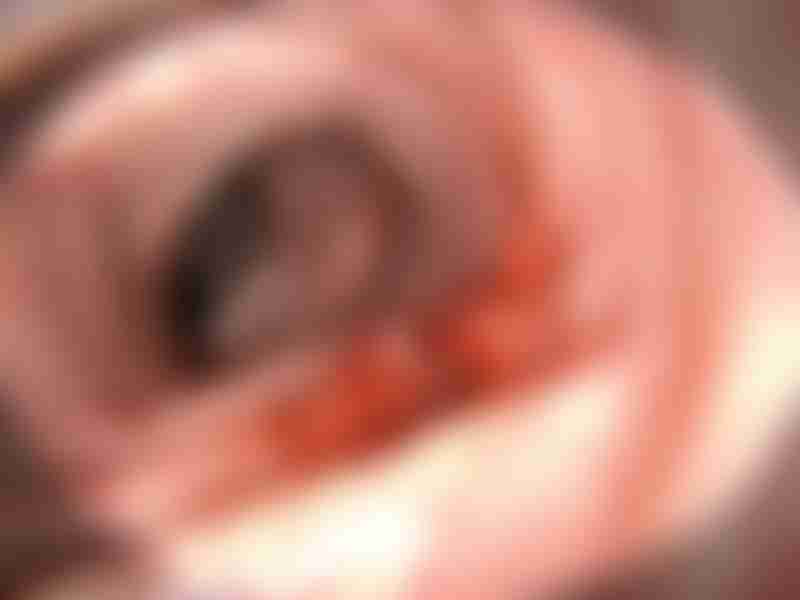Paris Classification of Colorectal Tumors

Source: Shutterstock.
What is the Paris classification system?
The Paris classification (the most widely validated and accepted system used to describe colorectal polyp morphology in vivo, established by multidisciplinary expert consensus in 2002) is used to categorize superficial tumors based on their shape and classify them morphologically. Such tumors include polyps, neoplastic tumors and non-polypoid lesions.
The classification helps to provide an initial and approximate assessment of how deep into the mucosa (and beyond) the tumor has infiltrated. This classification system is applicable to early gastrointestinal tract cancers. However, the Paris classification is not a diagnosis of cancer. Further examinations, such as biopsies, are required for a definite diagnosis.
In this classification system, all superficial and early neoplasias are defined as type 0, with several subtypes based on appearance.
Tumor subtypes under the Paris classification system
Tumor subtypes according to the Paris classification can be broadly divided into those that are polypoid in appearance and those that are non-polypoid. Non-polypoid lesions are further categorized according to their morphology.
Paris classification: type 0-I
Type 0-I (0-1) are easily distinguished by their polypoid appearance, which protrudes from the mucosa. The subtypes include:
- 0-Ip (0-1p), which are pedunculated
- 0-Is (0-1s), which are sessile and have a broad base
Paris classification: type 0-II
Compared to type 0-I (0-1), type 0-II (0-2) lesions are more flat in appearance. Three variations of this type include:
- 0-IIa (0-2a), which are flat and slightly elevated
- 0-IIb (0-2b), which are completely flat against the mucosa
- 0-IIc (0-2c), which are slightly depressed
Combinations of 0-II types may be found, such as IIa + c or IIc + a.
Paris classification: type 0-III
Type 0-III (0-3) have no subtypes and are identified by their excavated or ulcerated appearance.
Type 0-III (0-3) may also be found in combination with type 0-IIc.
Note: While the types above have been described in the type 0-x format, the 0 is typically omitted, e.g. Type 0-IIa (0-2a) may be written as type IIa (2a).